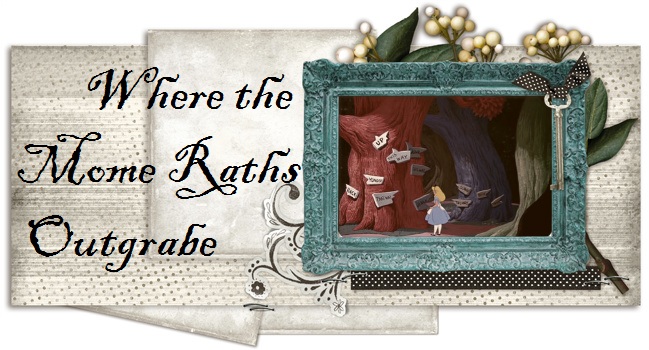They have tried to squeeze us out, to stamp us into the past.
But we are still here.
And there are more of us every day.
Now an active member of the resistance, Lena has been transformed. The nascent rebellion that was under way in Pandemonium has ignited into an all-out revolution in Requiem, and Lena is at the center of the fight.
After rescuing Julian from a death sentence, Lena and her friends fled to the Wilds. But the Wilds are no longer a safe haven—pockets of rebellion have opened throughout the country, and the government cannot deny the existence of Invalids. Regulators now infiltrate the borderlands to stamp out the rebels, and as Lena navigates the increasingly dangerous terrain, her best friend, Hana, lives a safe, loveless life in Portland as the fiancée of the young mayor.
Maybe we are driven crazy by our feelings.
Maybe love is a disease, and we would be better off without it.
But we have chosen a different road.
And in the end, that is the point of escaping the cure: We are free to choose.
We are even free to choose the wrong thing.
Requiem is told from both Lena’s and Hana’s points of view. The two girls live side by side in a world that divides them until, at last, their stories converge.
Hardcover, 391 pages
Published March 5th 2013 by HarperCollins Children's Books(info grabbed from GoodReads)
There was some intense fangirling when I received my copy of Requiem. Really… just intense, whole nine yards squealing and giggling. I even texted book buddies that I got it and that they should be jealous. So did the last in the trilogy hold up to my over-the-top expectations? Yes. It was pretty spectacular if I do say so myself. There are no spoilers in this review if you haven’t read Delirium or Pandemonium. But if you haven’t read them yet, I strongly suggest you quit reading this review and go check them out. That and why would you read a review for the last in a trilogy if you haven’t read the first two? Anyway, if you haven’t read any of the trilogy yet, skip down to the last paragraph just before the final thought.
Requiem provided all that the end of a series should and that is one simple thing: CLOSURE. Things tied up in a way that the story can live on in the readers mind, while not leaving any plot holes or lingering questions hanging in the air. Really, Requiem was just… solid. Solid goodness. I wish this could be said of all dystopian trilogies written by someone named Lauren (I'm looking at you, Lauren DeStefano).
Maybe not everyone will be happy with the ending of Requiem, but I certainly am. You can't make everyone happy, especially when there's a love triangle. I honestly probably could have handled more feels, but I'm really not complaining. Over the course of the three books, the Delirium Trilogy became about much more than just the love story. It wasn't the main focus of the third book (at least for much of it), but it fit. There is so much going on in Lena's life (like arson and bomb threats) at this point that it makes sense that she isn't always focused on her love life.
All in all, the Delirium Trilogy was an extremely satisfying read filled with thrills, feels, and a plot line that made sense. I recommend the series to anyone who is interested in science fiction who isn’t turned off by a heavy romance factor. The focus of the Delirium Trilogy was on the characters and the relationships that form in the dystopian world Lauren Oliver created. The science and politics are never really a main focus.
Final Thought: 9 out of 10 toadstools
This review is also posted on GoodReads








